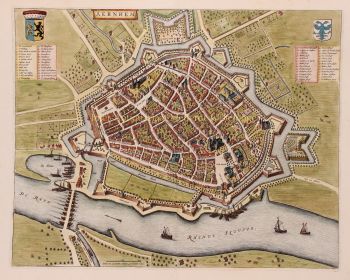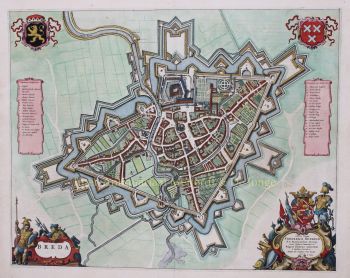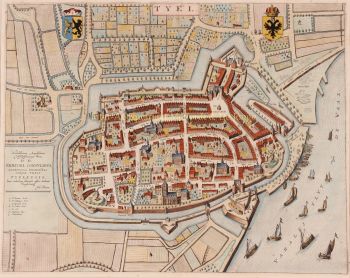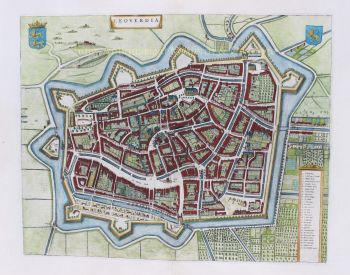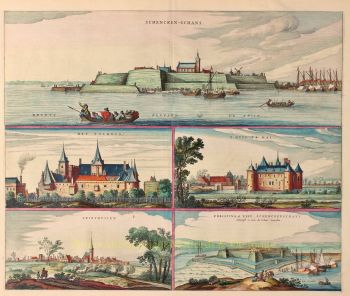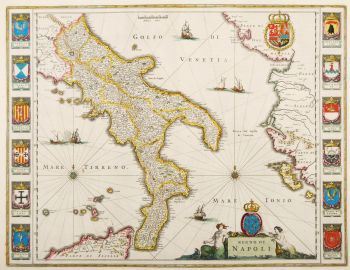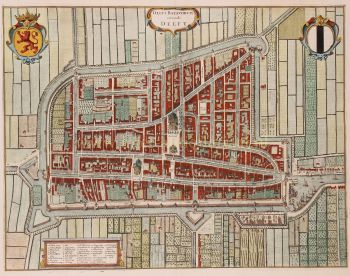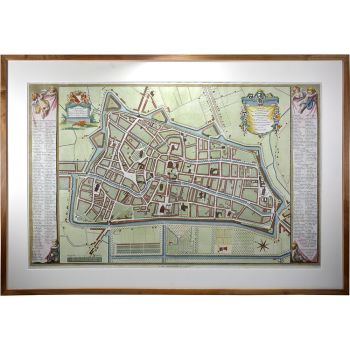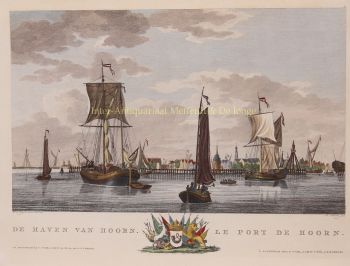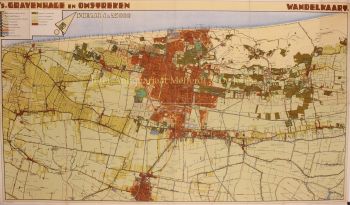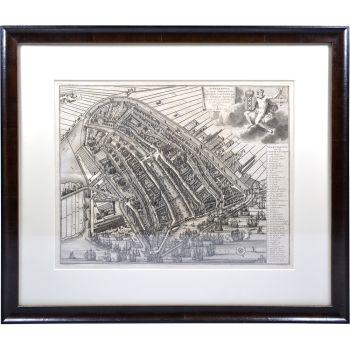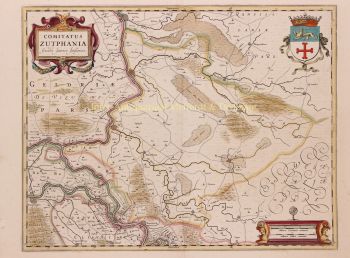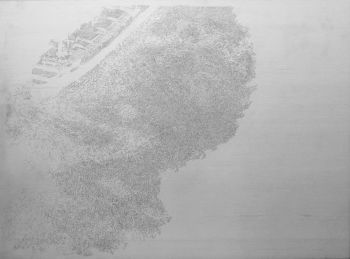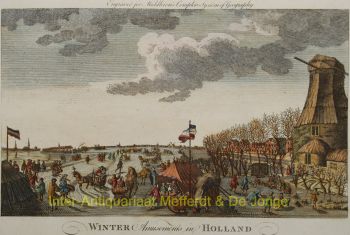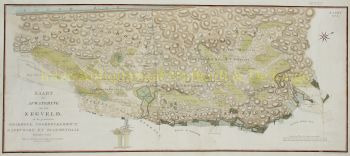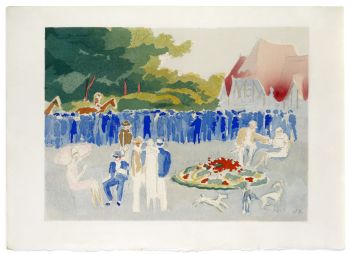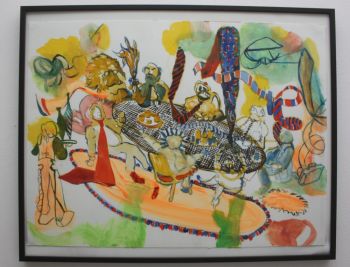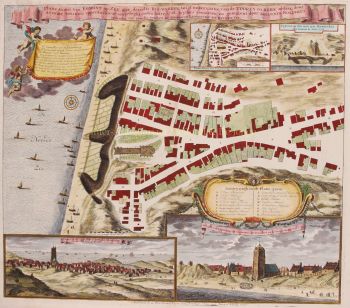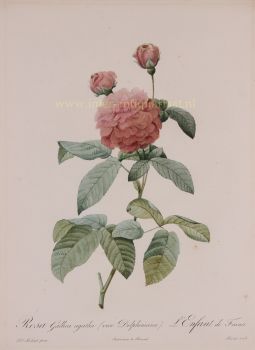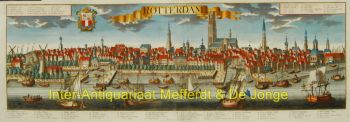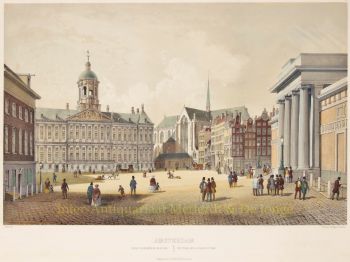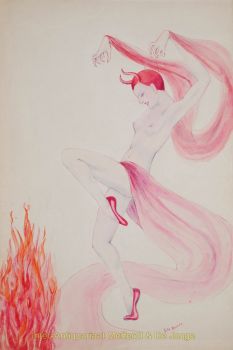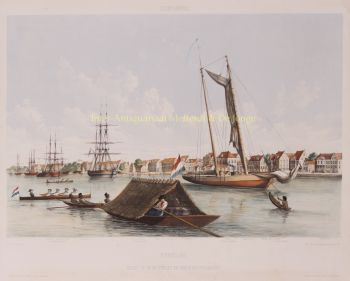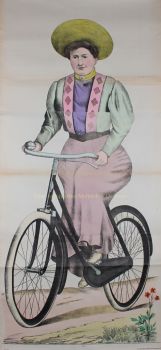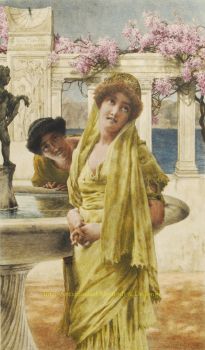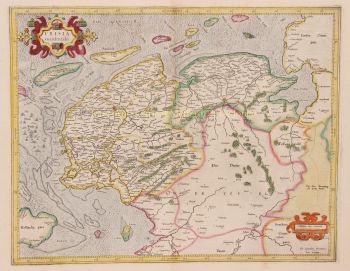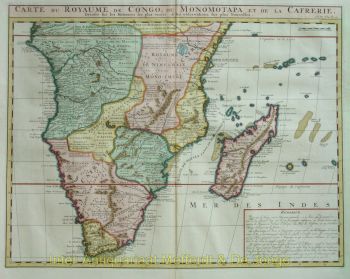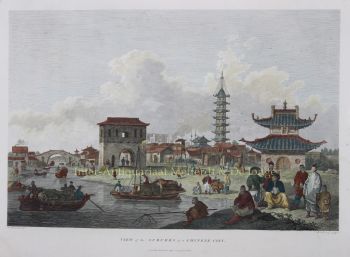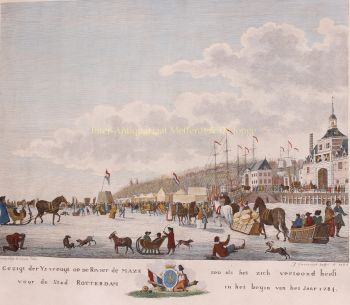Nijmegen 1649
Joan Blaeu
€ 1.450
Inter-Antiquariaat Mefferdt & De Jonge
- About the artwork
17th century NIJMEGEN "Novio Magum" Copper engraving published in 1649 by Joan Blaeu as part of his famous Toneel der Steden van de Vereenigde Nederlanden met hare Beschrijvingen. Measures 42 x 56 cm. Later hand-coloured. With the outbreak of the Dutch Revolt against Spanish rule in 1568, turbulent times began for Nijmegen as well. In the first phase of the Eighty Years' War, the city was alternately in the hands of Spanish supporters and rebels. In 1591 Prince Maurice 'brought' it back into the camp of the insurgents for good. This so-called Reduction of Nijmegen meant a fundamental change in the political and religious relations in the city. The Calvinists were to set the tone for the coming centuries. All other religious communities were restricted. They were not allowed to practice their religion openly and most professions and public functions remained closed to them for a long time. The economic position of the city changed dramatically. Nijmegen became a garrison town on the eastern border of the Republic of the Seven United Provinces, proclaimed in 1588. Its traditionally strong position in especially the transit trade to its eastern neighbours disappeared. The contacts with the eastern neighbours came to a standstill due to prolonged wars and were not restored. The city was left with only a local and regional trade function. Although there were better and worse times for Nijmegen during the time of the Republic, the city would never regain its former position. 1635 was a particularly dark year. A plague epidemic broke out that, according to tradition, took the lives of six thousand Nijmegen citizens, half of the total city population. Halfway through the seventeenth century there was a short period of economic revival. Nijmegen remained an attractive place of business for publishers, booksellers and printers. (From 1655 to 1680 the city had its own university, the Kwartierlijke Academie, located in the Commanderie van Sint Jan on the Korenmarkt). Price: Euro 1.450,- (incl. list)
- About the artist
Joan Blaeu (1596-1673), was born on the 23rd of September in 1596 in Alkmaar.
He was a Dutch cartographer born in Alkmaar. He followed the footsteps of his father, cartographer Willem Blaeu.
In 1620 he became a doctor of law but he joined the work of his father. In 1635 they published the Atlas Novus (full title: Theatrum orbis terrarum, sive, Atlas novus) in two volumes. Joan and his brother Cornelius took over the studio after their father died in 1638. Joan became the official cartographer of the Dutch East India Company.
Blaeu's world map, Nova et Accuratissima Terrarum Orbis Tabula, incorporating the discoveries of Abel Tasman, was published in 1648. This map was revolutionary in that it "depicts the solar system according to the heliocentric theories of Nicolaus Copernicus, which show the earth revolving around the sun.... Although Copernicus's groundbreaking book On the Revolutions of the Spheres had been first printed in 1543, just over a century earlier, Blaeu was the first mapmaker to incorporate this revolutionary heliocentric theory into a map of the world."
Blaeu's map was copied for the map of the world set into the pavement of the Groote Burger-Zaal of the new Amsterdam Town Hall, designed by the Dutch architect Jacob van Campen (now the Amsterdam Royal Palace), in 1655.
Blaeu's Hollandia Nova was also depicted in his Archipelagus Orientalis sive Asiaticus published in 1659 in the Kurfürsten Atlas (Atlas of the Great Elector). and used by Melchisédech Thévenot to produce his map, Hollandia Nova—Terre Australe (1664).
As "Jean Blaeu", he also published the 12 volume "Le Grand Atlas, ou Cosmographie blaviane, en laquelle est exactement descritte la terre, la mer, et le ciel". One edition is dated 1663. That was folio (540 x 340 mm), and contained 593 engraved maps and plates. In March 2015, a copy was on sale for £750,000.
Around 1649 Joan Blaeu published a collection of Dutch city maps named Toonneel der Steeden (Views of Cities). In 1651 he was voted into the Amsterdam council. In 1654 Joan published the first atlas of Scotland, devised by Timothy Pont. In 1662 he reissued the Atlas Novus, also known as Atlas Maior, in 11 volumes, and one for oceans.
A cosmology was planned as their next project, but a fire destroyed the studio completely in 1672.
Joan Blaeu died in Amsterdam the following year, 1673. He was buried in the Westerkerk at Amsterdam.
Are you interested in buying this artwork?
Artwork details
Related artworks
- 1 - 4 / 12
- 1 - 4 / 24
- 1 - 4 / 12



